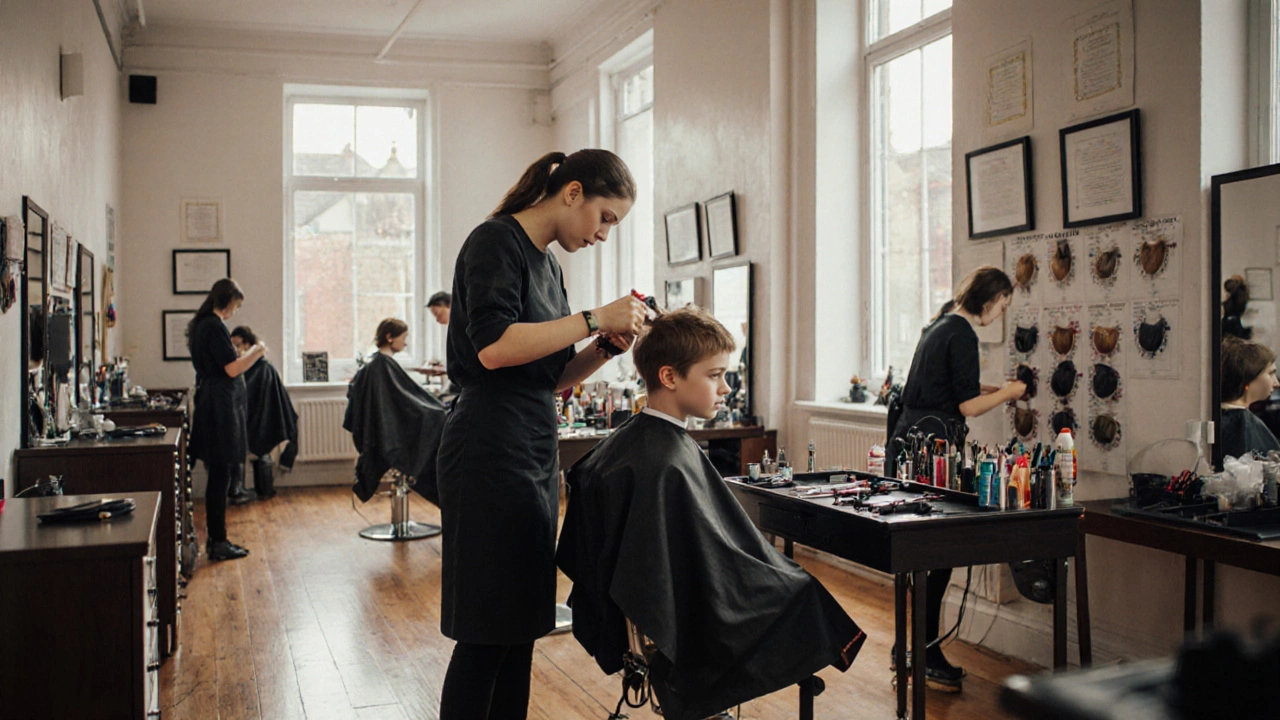Hairdressing Course Length: How Long Does It Really Take to Get Certified?
When you’re thinking about becoming a hairdresser, the first question most people ask is: how long does a hairdressing course take? It’s not just about sitting in a classroom—it’s about building real skills you can use on real clients. A hairdressing course is a type of vocational hairdressing, a hands-on training program designed to prepare you for professional work in salons, spas, or freelance roles. It’s not a degree, but it’s just as valuable if you want to earn money doing what you love. In the UK, most people train through NVQ hairdressing, a nationally recognized qualification that proves you can do the job, not just talk about it. National Vocational Qualification is the system that tracks your progress from basic cuts to full styling, coloring, and client consultation.
Most full-time hairdressing courses run between 6 months and 2 years, depending on the level. Level 1 is for absolute beginners and usually takes 6 to 12 weeks—you learn how to shampoo, brush, and do basic cuts. Level 2, which most people aim for, takes 6 to 12 months and covers coloring, perming, blow-drying, and salon safety. That’s the qualification most salons require. Level 3 is for advanced skills like complex coloring, men’s cutting, and managing a team—it takes another 6 to 12 months after Level 2. You don’t need to do all three at once. Many people start working in a salon while studying part-time, which is how most pros actually learn.
What you learn isn’t just technique. You’ll also pick up how to talk to clients, manage time between appointments, handle products safely, and keep your station clean. These are the things that separate a good hairdresser from a great one. Employers care less about how many years you spent in class and more about whether you can deliver consistent results under pressure. That’s why NVQs focus on real-world tasks: cutting a client’s hair to their request, not just passing a written test.
If you’re looking at beauty therapy courses, you might notice they overlap with hairdressing—especially when it comes to scalp treatments, styling, and customer service. But a pure hairdressing course keeps the focus on hair: cuts, color, texture, and styling. It’s narrower, but deeper. And if you’re starting from scratch, that’s exactly what you need.
There’s no one-size-fits-all timeline. Some people finish Level 2 in 6 months by studying full-time. Others take 18 months working part-time while learning. The key isn’t speed—it’s confidence. You’ll know you’re ready when you can walk into a salon, take a client’s seat, and do a full service without needing someone to check your work every 10 minutes.
Below, you’ll find real stories and breakdowns from people who’ve been through the system. Some took the fast track. Others worked while studying. All of them ended up with jobs. What you’ll see here isn’t theory—it’s what actually happens when you choose this path.




